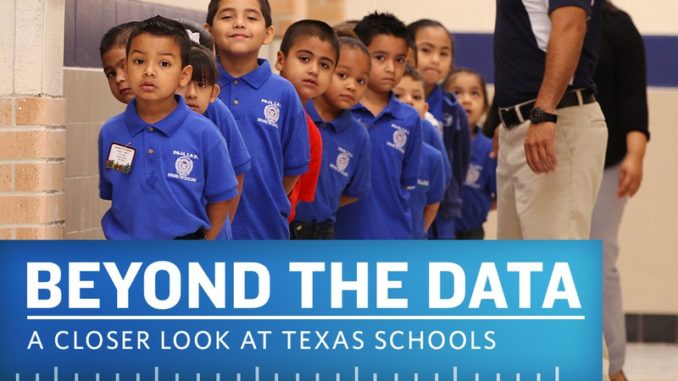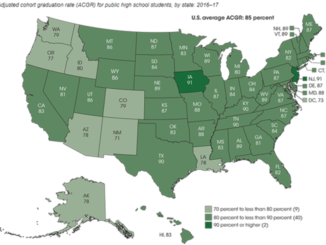
by DallasNews, Editorial
Demographic growth among Hispanics assures that every year a new high mark is reached. This is especially true in education. More Latinos enter kindergarten, more graduate from high school and more attend college with each passing year. It will be that way for the foreseeable future.
How these students are educated is of vital importance, and not just because of their sheer numbers. Nearly a million Latino children entered kindergarten this year. When they reach adulthood, they will represent a disproportionate share of the nation’s workforce. The vast majority will be American-born, and most will have attended the nation’s public schools.
Labor economists, educators and others rightly worry about this future labor pool because Latinos lag behind most of their peers in school. That is generally true at all levels of education. And since most Hispanic children attend schools where minorities are in the majority — the lowest-performing schools — the very system that is supposed to propel them forward actually holds them back.
The good news on this front is that high school graduation rates for Hispanics have consistently improved over the last few years. While some rightly question the quality of education they and their peers are receiving, particularly in urban districts, the gains are nonetheless undeniable. For example, the Texas Education Agency reports that 82 percent of Hispanic students in Texas in the class of 2011 graduated after four years, which is a key figure. In 2006, the first year this data was gathered, the rate was 72 percent.
Equally important, the dropout rate for Latinos in Texas public schools decreased from 13 to 9 percent over the same period. These improvements are especially significant when you consider that half of all Texas public school students are Hispanic.
In Dallas, where more than two-thirds of the students are Latino, four-year graduation increased from 60 percent in 2006 to 78 percent last year, lower than the state average but still impressive. Graduation rates for students with limited English proficiency, a significant population in Texas, made great strides in Dallas and in 2011 exceeded the statewide rate.
When you have a greater share of Hispanics graduating from high school, the percentage of Latino students who end up going to college also increases. A recent study by the Pew Hispanic Center found that Hispanics now constitute the largest minority group in four-year colleges. There are now more than 2 million Latinos in college, 16.5 percent of all college enrollments. That is an increase from only 3 percent in 1972.
Hispanics are still far less likely to graduate from college than their white, black and Asian peers. High numbers of Latinos attend two-year colleges, where graduation rates are even lower. Many factors contribute to this, including the lower priority that many Hispanic parents place on higher education. Still, as with high school graduation rates, the numbers themselves are encouraging.
The same Pew study found that one of every four students in public elementary schools nationwide is Hispanic, also a first. The table accompanying this editorial highlights the phenomenal growth by focusing only on the population of Latino kindergartners nationwide over a decade. The oldest are now in middle school, trailed by millions, and all dependent on the quality of education we impart.
There is an important role for Hispanic parents in this process: Education really does begin at home. But the primary mission remains with the nation’s public schools, where the future walks through the door every day. How well these schools perform, how well we fund them, how rigorously we hold them accountable, will determine how well we succeed as a nation.



